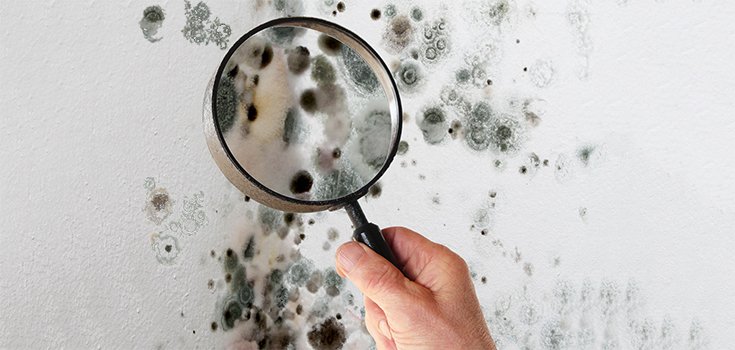Landlords in This State Now MUST Remove Mold from Properties, or Pay

If you’ve ever experienced the frustration of having a landlord who doesn’t seem to care that toxic mold is growing in your house or apartment, you might want to consider moving to California, because the state isn’t putting up with that kind of neglect anymore.
California recently became the first state to declare that the presence of mold is an enforceable substandard housing condition. The law, which went into effect January 1, declares that the visible presence of mold is a misdemeanor.
Warm, humid areas, such as the bathroom and kitchen, most commonly harbor mold in the home.
Read: Is Mold in Your Home Making You Sick?
Renters in California can now report mold problems to the city they live in, and landlords will be forced to either remove it or pay a fine. According to tenants’ rights attorney Marc Whitham, there wasn’t much renters could do before the bill took effect if they discovered mold in their home, and many landlords were very dismissive of the problem.
Whitham said:
“There are areas like City Heights and Barrio Logan where there are many, many moldy properties. And it’s just like, ‘If you don’t want to live here, you’re free to move and I’ll find somebody else.’ And they do — especially if they get a sponge with some Clorox and then throw a fresh coat of paint on.”
While it’s more of a major problem in low-income communities, mold – and apathetic landlords – affects all income brackets, according to Whitham, who explained:
“You’re not looking for every little defect under the sun and you might not notice that mold for several weeks or even months,” Whitham said. “By then you might open your closet and find all sorts of things are ruined, they’re just covered in mold. You lose mattresses.” [2]
The Centers for Disease Control (CDC) says on its website that exposure to mold “can cause symptoms such as nasal stuffiness, eye irritation, wheezing, or skin irritation. Some people, such as those with serious allergies to molds, may have more severe reactions.” Severe reactions include fever and shortness of breath.

The agency also says on the site that individuals with chronic lung illnesses, such as obstructive lung disease, may develop mold infections in their lungs.
Sources:
[1] Webwire
[2] KPBS
